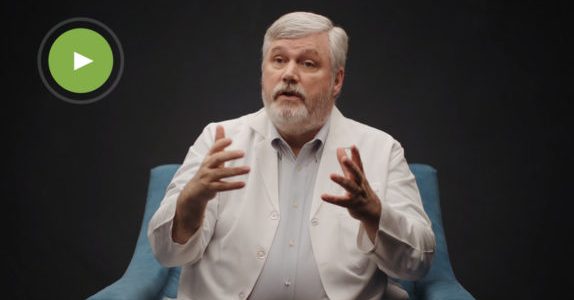
A practicing physician in the state of Oregon, Dr. Charles Bentz has experienced the legalization of physician assisted suicide (PAS), first-hand. Having cared for patients nearing the end of life or suffering from terminal conditions, he’s received requests from patients for physician assisted suicide. Sharing his knowledge and personal experience with PAS, we will come to understand the reality and ramifications of this practice.
This video is a part of the Heart2Heart Educational Program, a program of Illinois Right to Life. The Heart2Heart Program is a free online library of professionally filmed videos that serve to teach students pro-life values on various pro-life issues, ranging from abortion to adoption to physician assisted suicide. To access the program, including the other videos and educational materials, visit www.Heart2HeartEdu.com.
